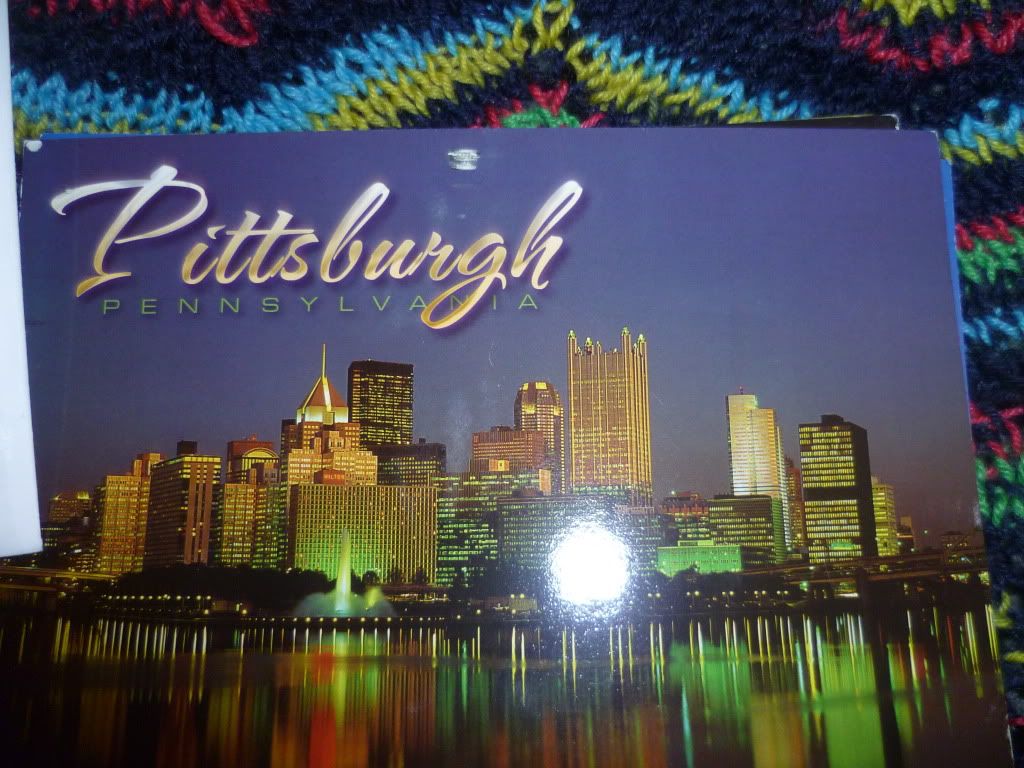A blog (a portmanteau of the term web log) is a personal journal published on the World Wide Web consisting of entries ("posts") typically displayed in reverse chronological order so the most recent post appears first.
Addoway gives every seller - whether a regular or pro member - a portal to publish a blog. In turn two blogs are featured on the Addoway home page each day. These are picked randomly on a rotating basis. So if you write a blog, you might be one of the bloggers featured on the Addoway home page! This is a very good thing.
As people get to know you through your blogs, they will become more comfortable buying from you - and I know you want sales!
What to write about? It could be about what you sell, where you get your items, your pets, etc. Your blog doesn't have to be long, I actually think short is better. We all get writers block, and sometimes I just share a favorite recipe. Browse through my and other seller's blogs to get ideas.
Oh, and be sure to post them on our Addoway facebook page https://www.facebook.com/#!/groups/AddowaySellers/. They will be read and shared on Twitter and Facebook by other sellers, further increasing your exposure! And be sure you read and share theirs. Happy blogging!
http://www.addoway.com/donnasstuffmore/ref/126ddfaad7464489be0462aa4e74884c
http://pinterest.com/donnasstuffmore/
http://www.facebook.com/DonnasStuffMore
http://twitter.com/DonnasStuffMore
Addoway gives every seller - whether a regular or pro member - a portal to publish a blog. In turn two blogs are featured on the Addoway home page each day. These are picked randomly on a rotating basis. So if you write a blog, you might be one of the bloggers featured on the Addoway home page! This is a very good thing.
As people get to know you through your blogs, they will become more comfortable buying from you - and I know you want sales!
What to write about? It could be about what you sell, where you get your items, your pets, etc. Your blog doesn't have to be long, I actually think short is better. We all get writers block, and sometimes I just share a favorite recipe. Browse through my and other seller's blogs to get ideas.
Oh, and be sure to post them on our Addoway facebook page https://www.facebook.com/#!/groups/AddowaySellers/. They will be read and shared on Twitter and Facebook by other sellers, further increasing your exposure! And be sure you read and share theirs. Happy blogging!
http://www.addoway.com/donnasstuffmore/ref/126ddfaad7464489be0462aa4e74884c
http://pinterest.com/donnasstuffmore/
http://www.facebook.com/DonnasStuffMore
http://twitter.com/DonnasStuffMore
 This is the final section on Deltiology:
This is the final section on Deltiology:
